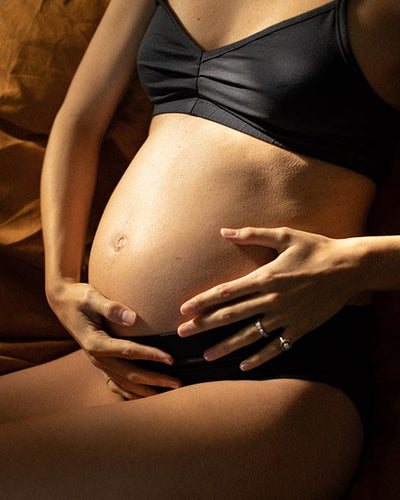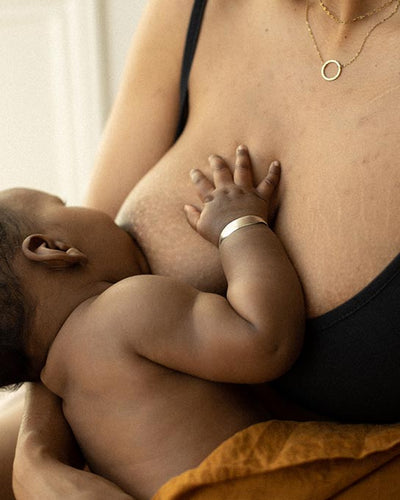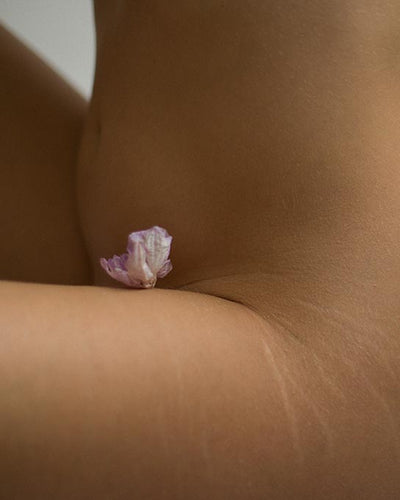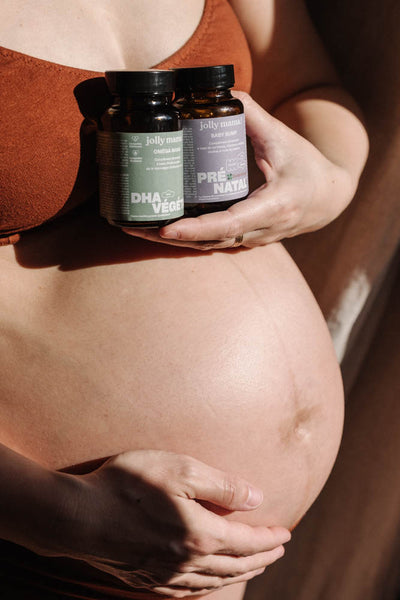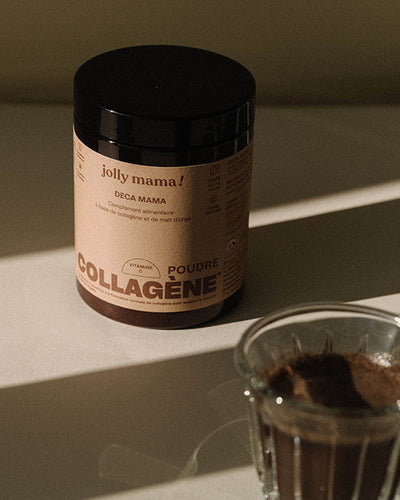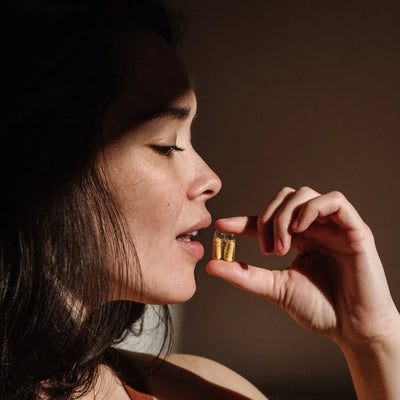Les différentes phases
Le cycle de vie du cheveu est composé de 3 phases différentes [1] :
La phase Anagène : pousse du cheveux qui peut durer de 2 à 6 ans.
La phase Catagène : repos, qui dure environ 2 à 3 semaines où le cheveux cesse de croître.
La phase Télogène : préparation à la chute du cheveux, qui dure environ 3 mois. Environ 15% des cheveux sont généralement dans cette phase.
Il peut être affecté par différents changements : période de stress, carences en nutriments, pollution, fatigue, déséquilibre hormonal, etc, qui vont venir troubler la pousse, leur densité, etc.
Comment évoluent les cheveux entre la grossesse et le post-partum ?
Pendant la grossesse, la chute est retardée et le nombre de cheveux qui tombent est réduit, ce qui induit une augmentation de l'abondance des cheveux.
Après l'accouchement, les cycles pilaires se synchronisent. À ce moment-là, la perte de cheveux semble abondante mais ne représente que l'élimination des cheveux supplémentaires qui avaient été maintenus en anagène (pousse) et n'avaient pas été perdus pendant la grossesse. Au cours des deuxième et troisième trimestres de la grossesse, seuls environ 10% des cheveux sont en télogène, au lieu de 15% en général [1].
Pendant les premières semaines après l’accouchement, les cheveux entrent en télogène pour atteindre environ 30% en moyenne (soit près de 2 fois plus qu’en temps normal) après neuf semaines. On observe que la chute se manifeste deux à quatre mois après l'accouchement. Elle se poursuit généralement pendant 6 à 24 semaines et persiste rarement au-delà [1].
Quelles sont les causes de ce changement dans les cheveux ?
Les niveaux d'hormones pendant et après la grossesse sont radicalement différents. Pendant la grossesse, on observe une augmentation progressive, avec 9 fois plus de progestérone et 8 fois plus d’oestrogènes. Une fois le placenta retiré à la naissance, les taux de progestérone et d'œstrogènes chutent et reviennent à la normale en 2 à 4 jours. La prolactine augmente également progressivement pendant la grossesse, pour atteindre une multiplication par 20 à l’accouchement. Ces variations pourraient expliquer la chute des cheveux [2].
Un problème de thyroïde pourrait également être associé à une perte excessive de cheveux [3].
Un événement stressant est une des causes de la chute des cheveux, ce qui fait qu’elle survient surtout lors du premier accouchement, et seulement rarement lors des grossesses suivantes [4].

